
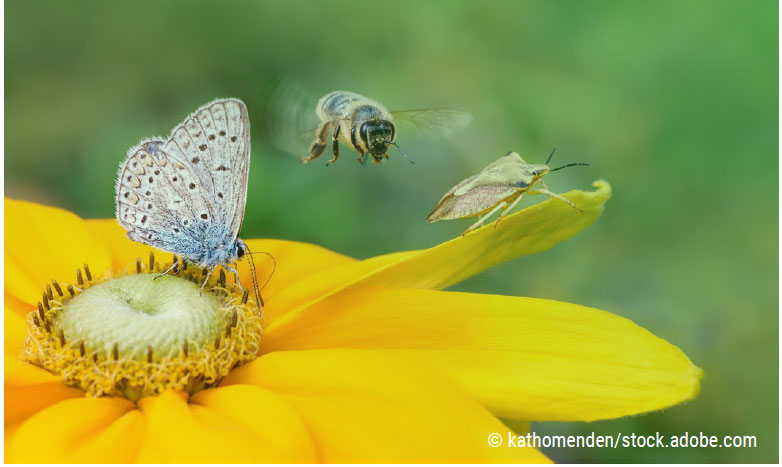
 Most countries have expanded the number and extent
of terrestrial and inland freshwater protected areas, but
progress is slow. Evidence on the effectiveness of these
protected areas in improving the condition of biodiversity
remains limited.
According to the World Database of
Protected Areas, the region counts 750 terrestrial and inland
freshwater protected areas, 125 of which (17 per cent) hold
one or more international designations.6 Qatar has increased
its protected area coverage from 11 to 29 per cent, one of the highest rates globally, but none of its terrestrial or marine
protected areas have management plans.7
Most countries have expanded the number and extent
of terrestrial and inland freshwater protected areas, but
progress is slow. Evidence on the effectiveness of these
protected areas in improving the condition of biodiversity
remains limited.
According to the World Database of
Protected Areas, the region counts 750 terrestrial and inland
freshwater protected areas, 125 of which (17 per cent) hold
one or more international designations.6 Qatar has increased
its protected area coverage from 11 to 29 per cent, one of the highest rates globally, but none of its terrestrial or marine
protected areas have management plans.7
 While in general, countries have low forest cover, most have developed forestry laws that delimit, classify and protect forests, govern their exploitation and define penalties.8 Some date to as early as the 1910s,9 well ahead of laws governing protected areas, and have undergone updates over time. Forestry laws have not always been effective for social, technical and institutional reasons, including low capacities to enforce penalties and a lack of participation by affected groups in forest policy creation.
While in general, countries have low forest cover, most have developed forestry laws that delimit, classify and protect forests, govern their exploitation and define penalties.8 Some date to as early as the 1910s,9 well ahead of laws governing protected areas, and have undergone updates over time. Forestry laws have not always been effective for social, technical and institutional reasons, including low capacities to enforce penalties and a lack of participation by affected groups in forest policy creation.  In compliance with their membership in the Convention on Biological Diversity,
20 Arab countries had by 2023 developed at least one national biodiversity strategy
and action plan
11 detailing how they intend to fulfil the objectives of the Convention in light of specific national priorities and circumstances.
In compliance with their membership in the Convention on Biological Diversity,
20 Arab countries had by 2023 developed at least one national biodiversity strategy
and action plan
11 detailing how they intend to fulfil the objectives of the Convention in light of specific national priorities and circumstances. Most countries seek to protect endangered species through a mix of measures, including: dedicated action plans (such as the Arabian Leopard Programme and Fund of Saudi Arabia, which increased the number of leopards and reintroduced the species to the wilderness of the AlUla region,12 and the 2017–2018 plans of Algeria for magot monkeys, cheetahs and Cuvier’s gazelles); the designation of protected areas for endangered species (such as birds in Egypt and the United Arab Emirates); the establishment of red lists and regular assessments of the status of living species (as in Bahrain and the United Arab Emirates); hunting licenses (as in the Sudan); measures against the illegal trade in wildlife (such as the use of high-tech border control and a digital certification system in the United Arab Emirates); and the establishment of seed banks (as in Saudi Arabia to conserve native plant species).13
Most countries seek to protect endangered species through a mix of measures, including: dedicated action plans (such as the Arabian Leopard Programme and Fund of Saudi Arabia, which increased the number of leopards and reintroduced the species to the wilderness of the AlUla region,12 and the 2017–2018 plans of Algeria for magot monkeys, cheetahs and Cuvier’s gazelles); the designation of protected areas for endangered species (such as birds in Egypt and the United Arab Emirates); the establishment of red lists and regular assessments of the status of living species (as in Bahrain and the United Arab Emirates); hunting licenses (as in the Sudan); measures against the illegal trade in wildlife (such as the use of high-tech border control and a digital certification system in the United Arab Emirates); and the establishment of seed banks (as in Saudi Arabia to conserve native plant species).13 Sixteen Arab countries are contracting parties to the Nagoya Protocol on Access to Genetic Resources and
the Fair and Equitable Sharing of Benefits Arising from their Utilization.
21 This calls for establishing transparent and predictable rules for accessing genetic resources, an important issue for Arab countries. Many are home to unique plant and animal species and are rich in traditional knowledge related to their use and management, such as in the field of medicinal plants. The Comoros is among the few countries globally to have adopted a law on genetic resources, in 2020, as well as formal procedures for the issuance of permits to access them and corresponding traditional knowledge for commercial and non-commercial uses.22 This step is critical to protect against biopiracy. It helps ensure that Comorian holders of traditional knowledge on the planting and use of medicinal and aromatic plants, such as ylang-ylang, will be fairly compensated in contracts with foreign companies and laboratories.23 It will also encourage local communities to protect important endemic species.
Sixteen Arab countries are contracting parties to the Nagoya Protocol on Access to Genetic Resources and
the Fair and Equitable Sharing of Benefits Arising from their Utilization.
21 This calls for establishing transparent and predictable rules for accessing genetic resources, an important issue for Arab countries. Many are home to unique plant and animal species and are rich in traditional knowledge related to their use and management, such as in the field of medicinal plants. The Comoros is among the few countries globally to have adopted a law on genetic resources, in 2020, as well as formal procedures for the issuance of permits to access them and corresponding traditional knowledge for commercial and non-commercial uses.22 This step is critical to protect against biopiracy. It helps ensure that Comorian holders of traditional knowledge on the planting and use of medicinal and aromatic plants, such as ylang-ylang, will be fairly compensated in contracts with foreign companies and laboratories.23 It will also encourage local communities to protect important endemic species.
 In 2022, all 22 countries had legislation, regulation or an act related to the prevention of the introduction and management of invasive alien species, up from only 7 countries in 2016. The National Invasive Species Strategy & Action Plan 2022–202625 of the United Arab Emirates aims to raise awareness, enhance capacity, and prevent the introduction and spread of alien and invasive alien species. Bahrain is presently compiling an invasive alien plant
and animal species blacklist and preparing to strengthen existing national regulations on invasive alien species.26
In 2022, all 22 countries had legislation, regulation or an act related to the prevention of the introduction and management of invasive alien species, up from only 7 countries in 2016. The National Invasive Species Strategy & Action Plan 2022–202625 of the United Arab Emirates aims to raise awareness, enhance capacity, and prevent the introduction and spread of alien and invasive alien species. Bahrain is presently compiling an invasive alien plant
and animal species blacklist and preparing to strengthen existing national regulations on invasive alien species.26
 All Arab countries are parties to the Cartagena Protocol of the Convention on Biological Diversity27 and are taking necessary biosafety measures for the safe handling, transport and use of living modified organisms resulting from modern biotechnology. Among the 14 countries that have reported on implementation, only Algeria has indicated that it had measures fully in place. Seven others have only partial measures. Countries with full or partial measures, however, do not necessarily allocate a budget for operations or secure permanent staff to administer biosafety functions. This puts the effectiveness of these measures in doubt.28
All Arab countries are parties to the Cartagena Protocol of the Convention on Biological Diversity27 and are taking necessary biosafety measures for the safe handling, transport and use of living modified organisms resulting from modern biotechnology. Among the 14 countries that have reported on implementation, only Algeria has indicated that it had measures fully in place. Seven others have only partial measures. Countries with full or partial measures, however, do not necessarily allocate a budget for operations or secure permanent staff to administer biosafety functions. This puts the effectiveness of these measures in doubt.28 As contracting parties to the Convention to Combat Desertification, 16 countries have produced national action programmes that spell out how they intend to implement the Convention. The plan of Somalia has a three-pronged strategic approach combining considerations that are ecological (improving the condition of affected ecosystems), economic (improving the living conditions of affected populations) and administrative (access and rights to communal land). National action plans are outdated in most countries, with just two having updated their plans since 2015 (Somalia in 2018 and the United Arab Emirates in 2022).
As contracting parties to the Convention to Combat Desertification, 16 countries have produced national action programmes that spell out how they intend to implement the Convention. The plan of Somalia has a three-pronged strategic approach combining considerations that are ecological (improving the condition of affected ecosystems), economic (improving the living conditions of affected populations) and administrative (access and rights to communal land). National action plans are outdated in most countries, with just two having updated their plans since 2015 (Somalia in 2018 and the United Arab Emirates in 2022). Several countries have set ambitious land degradation neutrality targets; nine registered voluntary targets under the Convention to Combat Desertification. The Syrian Arab Republic pledged in 2020 to reverse 20 per cent of degraded agricultural land and rehabilitate 50 per cent of forest land, wetlands and other ecosystems and natural habitats affected by degradation by 2030. The United Arab Emirates pledged in its National Strategy for Combating Desertification 2022–2030 to restore at least 80 per cent of degraded land by 2030.29
Several countries have set ambitious land degradation neutrality targets; nine registered voluntary targets under the Convention to Combat Desertification. The Syrian Arab Republic pledged in 2020 to reverse 20 per cent of degraded agricultural land and rehabilitate 50 per cent of forest land, wetlands and other ecosystems and natural habitats affected by degradation by 2030. The United Arab Emirates pledged in its National Strategy for Combating Desertification 2022–2030 to restore at least 80 per cent of degraded land by 2030.29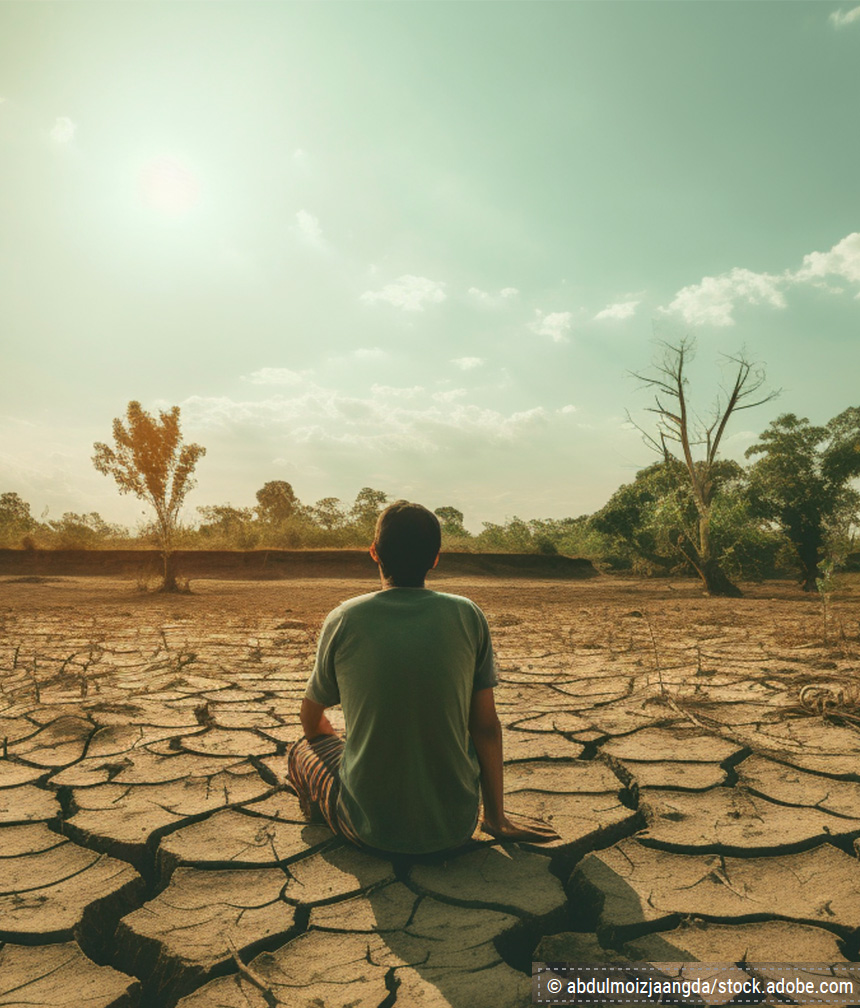
 Countries with significant agricultural sectors, especially middle-income and least developed countries, have established institutions at various levels of governance to monitor and manage droughts. The Syrian Arab Republic developed a national drought strategy, with integrated drought monitoring, and Iraq set up a Higher Committee for Drought to work across government agencies. Early warning systems were launched in Djibouti, Somalia and the Sudan with the support of regional organizations and international non-governmental organizations.32
Countries with significant agricultural sectors, especially middle-income and least developed countries, have established institutions at various levels of governance to monitor and manage droughts. The Syrian Arab Republic developed a national drought strategy, with integrated drought monitoring, and Iraq set up a Higher Committee for Drought to work across government agencies. Early warning systems were launched in Djibouti, Somalia and the Sudan with the support of regional organizations and international non-governmental organizations.32
 Countries have taken visible actions to monitor and collect data related to biodiversity. The United Arab Emirates developed a Natural Capital Smart Map to collect biological and economic information and generate assessments to guide land use and investment policies.
It has also conducted back-casting exercises to build historical knowledge on biodiversity. Qatar and Kuwait have built databases on biodiversity and inventories of animal genetic resources. Oman is using remote sensing to monitor green cover.33
Countries have taken visible actions to monitor and collect data related to biodiversity. The United Arab Emirates developed a Natural Capital Smart Map to collect biological and economic information and generate assessments to guide land use and investment policies.
It has also conducted back-casting exercises to build historical knowledge on biodiversity. Qatar and Kuwait have built databases on biodiversity and inventories of animal genetic resources. Oman is using remote sensing to monitor green cover.33
 Countries are taking part in regional and interregional sand and dust storm assessments and early warning efforts and investing in mitigation. The National Centre for Meteorology of Saudi Arabia hosts the Sand and Dust Storm Warning Regional Center. Accredited by the World Meteorological Organization, it uses satellite imagery
to forecast and help Gulf Cooperation Council countries respond to storms.34 Kuwait and Iraq are collaborating to better understand the conditions that create sand and dust storms and restore ecosystems in areas that generate these storms.35
Countries are taking part in regional and interregional sand and dust storm assessments and early warning efforts and investing in mitigation. The National Centre for Meteorology of Saudi Arabia hosts the Sand and Dust Storm Warning Regional Center. Accredited by the World Meteorological Organization, it uses satellite imagery
to forecast and help Gulf Cooperation Council countries respond to storms.34 Kuwait and Iraq are collaborating to better understand the conditions that create sand and dust storms and restore ecosystems in areas that generate these storms.35
Arab middle-income countries have diverse habitats with a large number of endemic plant species, including essential crops. Protection efforts are considerable, with 63 per cent and 44 per cent of freshwater and terrestrial key biodiversity areas covered by protected areas, respectively. Yet urbanization, pollution and the unsustainable use of natural resources, including in agriculture, are major and increasing causes of biodiversity loss and ecosystem degradation.
 Middle-income countries have made more visible attempts to adopt integrated and long-term approaches to biodiversity, linking it to agriculture, poverty reduction and climate resilience. Tunisia developed a national natural resource management plan to 2050 that integrates biodiversity in provisions related to agriculture, water and climate change. Algeria has established an intersectoral Committee on Biodiversity (2018) and a National Commission for Protected Areas (2017) to ensure a cross-sectoral emphasis. The Forest Strategy 2020–2030 of Morocco follows an integrated and participatory approach to strike a balance between conservation and the development of local economies around forests, such as through argan and palm production.
Middle-income countries have made more visible attempts to adopt integrated and long-term approaches to biodiversity, linking it to agriculture, poverty reduction and climate resilience. Tunisia developed a national natural resource management plan to 2050 that integrates biodiversity in provisions related to agriculture, water and climate change. Algeria has established an intersectoral Committee on Biodiversity (2018) and a National Commission for Protected Areas (2017) to ensure a cross-sectoral emphasis. The Forest Strategy 2020–2030 of Morocco follows an integrated and participatory approach to strike a balance between conservation and the development of local economies around forests, such as through argan and palm production.
 In the Mashreq, non-governmental organizations
have prominent roles in managing biosphere reserves
and protected areas, in cooperation with local and
national Governments.
This helps sustain protection and management of the sites. For example, the Shouf Biosphere Reserve in Lebanon is managed by a committee appointed by the Ministry of Environment that includes the Al-Shouf Cedar Society, a non-governmental organization, as well as mayors of larger villages in the region and technical experts.36
In the Mashreq, non-governmental organizations
have prominent roles in managing biosphere reserves
and protected areas, in cooperation with local and
national Governments.
This helps sustain protection and management of the sites. For example, the Shouf Biosphere Reserve in Lebanon is managed by a committee appointed by the Ministry of Environment that includes the Al-Shouf Cedar Society, a non-governmental organization, as well as mayors of larger villages in the region and technical experts.36
 Host to the majority of the region’s Ramsar37 wetland sites of international importance, countries in the Maghreb have established legal frameworks and elaborated comprehensive strategies to protect their wetlands. Further efforts are needed to bridge knowledge gaps related to wetland distribution, spatial extent and the condition of related species, however. Algeria developed a 15-year strategy to sustainably utilize its 50 Ramsar wetlands, with clear roles for national and provincial governments.38 The national wetland strategy 2015–2024 of Morocco specifies integrated action plans to restore the wetlands and develop sustainable value chains for artisanal fishing, tourism, aquaculture and bird watching. It sets an ambitious target to raise the awareness of 50,000 people per year.39
Host to the majority of the region’s Ramsar37 wetland sites of international importance, countries in the Maghreb have established legal frameworks and elaborated comprehensive strategies to protect their wetlands. Further efforts are needed to bridge knowledge gaps related to wetland distribution, spatial extent and the condition of related species, however. Algeria developed a 15-year strategy to sustainably utilize its 50 Ramsar wetlands, with clear roles for national and provincial governments.38 The national wetland strategy 2015–2024 of Morocco specifies integrated action plans to restore the wetlands and develop sustainable value chains for artisanal fishing, tourism, aquaculture and bird watching. It sets an ambitious target to raise the awareness of 50,000 people per year.39
 The least developed countries seek to modernize legislative and institutional frameworks governing SDG 15. In Somalia, a central responsible body, the Ministry of Environment and Climate Change, was only established in 2022.40 To address fragmentation in policies and laws relating to land use and the environment in the Sudan, national responsibilities were centralized in the Higher Council for Environment and Natural Resources, an interministerial body placed under the Prime Minister.41 The Sudan has yet to develop a comprehensive policy to protect habitats, including forests, and combat land degradation.42
The least developed countries seek to modernize legislative and institutional frameworks governing SDG 15. In Somalia, a central responsible body, the Ministry of Environment and Climate Change, was only established in 2022.40 To address fragmentation in policies and laws relating to land use and the environment in the Sudan, national responsibilities were centralized in the Higher Council for Environment and Natural Resources, an interministerial body placed under the Prime Minister.41 The Sudan has yet to develop a comprehensive policy to protect habitats, including forests, and combat land degradation.42
 The least developed countries are taking policy measures to limit practices harmful to biodiversity, but further efforts are needed to address root causes. The national charcoal policy of Somalia regulates the use of charcoal, which constitutes a major driver of deforestation. Mauritania has sought to secure alternative low-cost energy sources and undertaken awareness-raising to reduce the use of wood for fuel.43
The least developed countries are taking policy measures to limit practices harmful to biodiversity, but further efforts are needed to address root causes. The national charcoal policy of Somalia regulates the use of charcoal, which constitutes a major driver of deforestation. Mauritania has sought to secure alternative low-cost energy sources and undertaken awareness-raising to reduce the use of wood for fuel.43
 In conflict-affected countries, policies supported by development partners, including United Nations bodies and international non-governmental organizations, focus on community-based approaches to biodiversity conservation. The Global Environment Facility, for instance, has supported the establishment of community-run nurseries for dragon’s blood tree seedlings to restore degraded forests in Socotra, Yemen.44
In conflict-affected countries, policies supported by development partners, including United Nations bodies and international non-governmental organizations, focus on community-based approaches to biodiversity conservation. The Global Environment Facility, for instance, has supported the establishment of community-run nurseries for dragon’s blood tree seedlings to restore degraded forests in Socotra, Yemen.44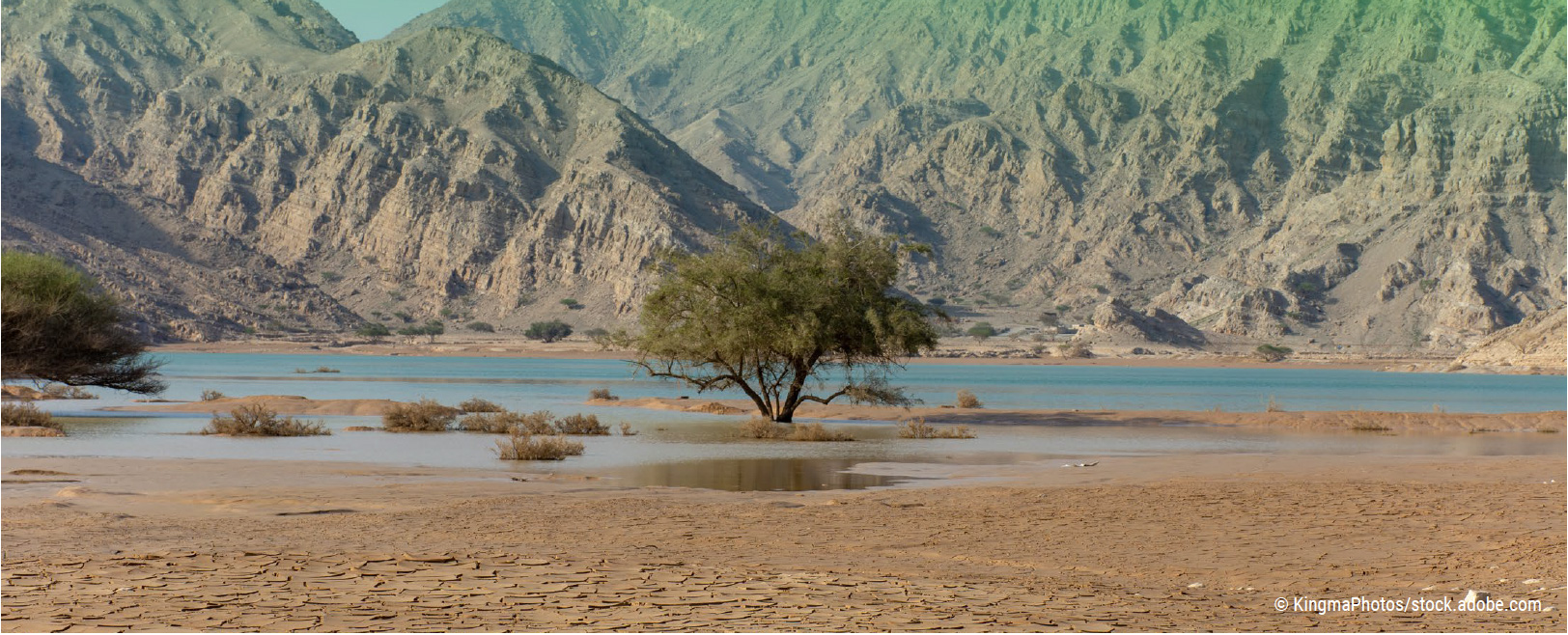

| Rural and other subnational communities, including mountain communities, rely on subsistence farming for their livelihoods and are greatly affected by reductions in ecosystem services. | Oman has adopted a policy to support populations in mountainous areas that depend largely on livestock breeding and beekeeping made possible by rich plant and animal ecosystems. The policy supports traditional practices and livelihood improvements, resulting in win-win outcomes for people and the environment. a | |
| Women tend to be disproportionately affected by land and ecosystem degradation due to limited control over and access to resources. | Acacias For All is a social enterprise formed through a partnership between the Government, non-governmental groups and research institutions in Tunisia. Implemented in 14 villages, it offers an economic model to fight desertification where the Government offers public land to women in return for planting green barriers of acacias. The acacias offer natural protection favourable to agriculture and biodiversity. The project is also helping to secure stable incomes for women. b | |
| Internally displaced populations: The degradation of ecosystems can trigger the displacement of vulnerable populations such as small farmers and pastoral communities. | Sustainable land management and environmental restoration activities in the Qaraoun Catchment in Lebanon took place from 2016 to 2021 through a partnership between the Ministry of Environment and development partners. It halted land degradation and provided economic opportunities for underprivileged local residents (limiting out-migration) and Syrian refugees. c |
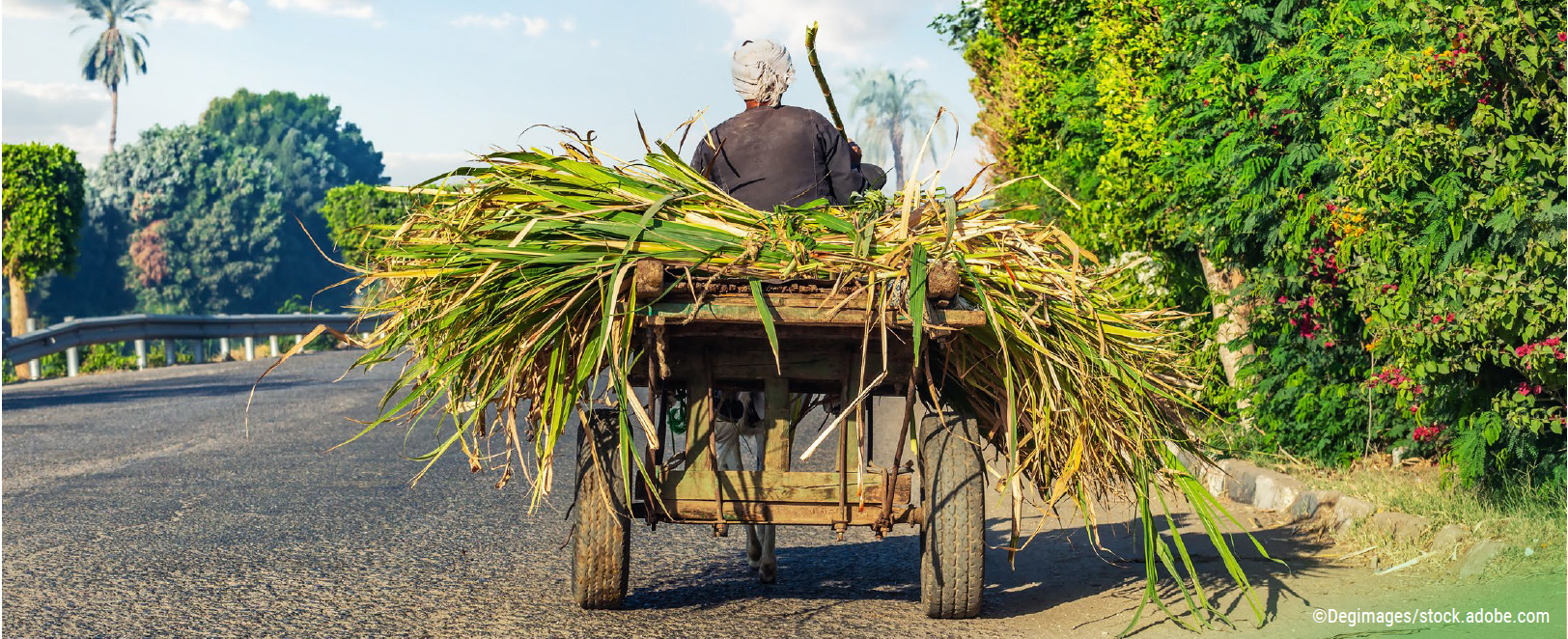


| Country |
Additional investments to conserve biodiversity (billions of dollars) |
Reference document |
|---|---|---|
| Algeria | 4.6 | National Reforestation Plan |
| Egypt | 5.0 | National Biodiversity Strategy and Action Plan |
| Iraq | 3.3 | National Biodiversity Protection Strategy |
| Jordan | 1.0 | National Biodiversity Strategy and Action Plan |
| Lebanon | 1.2 | National Afforestation/ Reforestation Programme |
| Morocco | 2.9 | Nationally Determined Contribution |
| Tunisia | 0.5 | Forest Investment Programme |





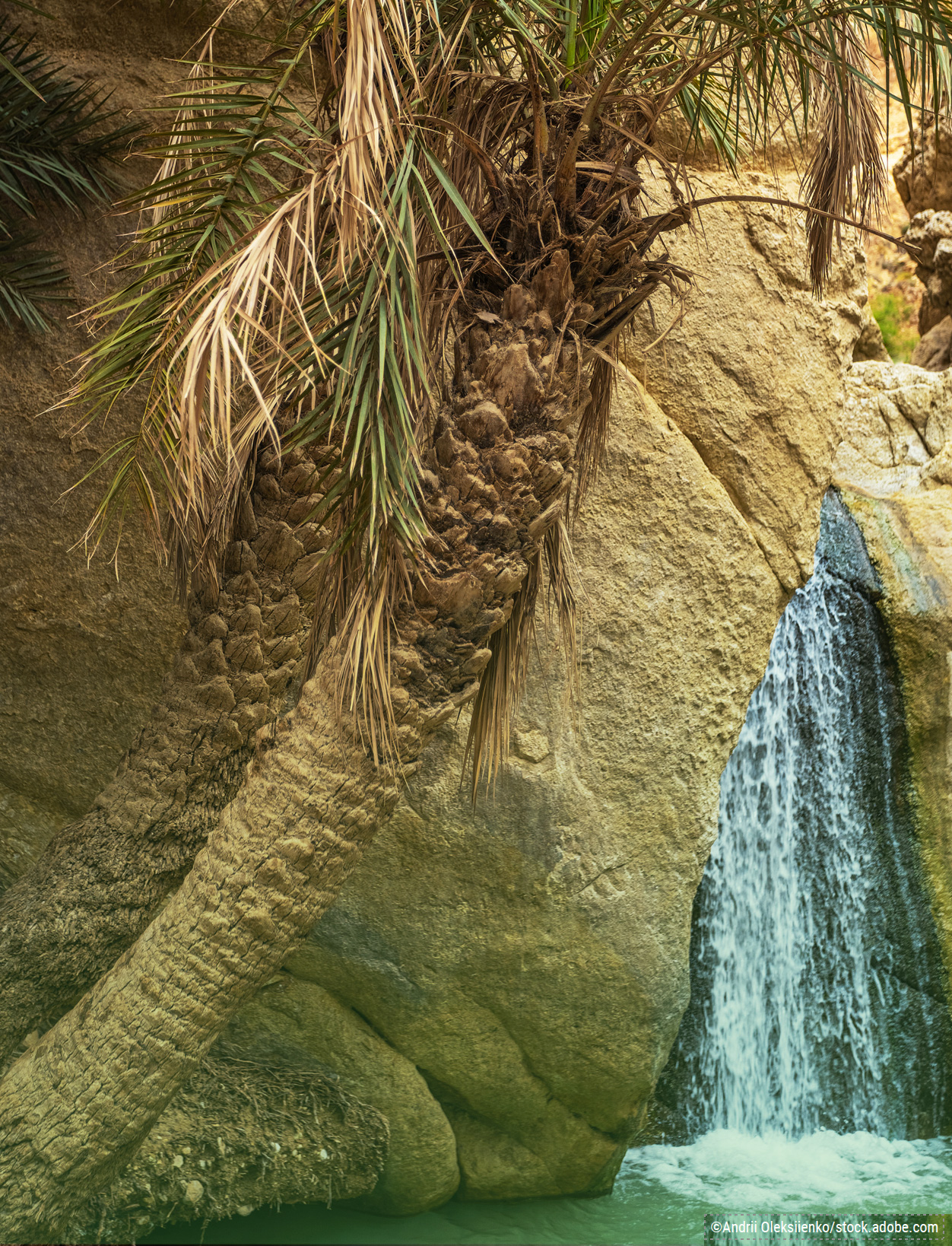
1. See the United Nations Department of Economic and Social Affairs, SDG Indicators Database, accessed on 15 September 2023, and IUCN’s Red List of Threatened Species.
2. United Nations Department of Economic and Social Affairs, SDG Indicators Database, accessed on 15 September 2023.
3. See the list of parties to the Convention.
4. See country profiles.
5. See more on target-setting.
6. The World Database of Protected Areas of UNEP-IUCN, available online through the Protected Planet website, accessed on 19 April 2023. The 750 protected areas are established, inscribed, or designated. International designations include Ramsar Site (wetland of international importance), UNESCO-MAB Biosphere Reserve, and UNESCO World Heritage Site (natural or mixed). In addition, the website lists 127 proposed protected areas.
7. See Qatar at the website for the Convention on Biological Diversity.
8. See FAOLEX Database, accessed on 15 September 2023.
9. For example, Morocco’s law on the conservation and exploitation of forests dates to 1917 (Madani, 2018).
10. See the United Nations Statistics Division database on indicator 15.2.1, accessed on 11 December 2023.
11. Plans were submitted from 2004 to 2019, with the most recent provided by Kuwait in 2019. Libya and the State of Palestine have not elaborated plans. The two countries have nevertheless submitted national reports to the Convention’s Secretariat. See more here.
12. See the Arabian leopard by the Royal Commission for AlUla.
13. See Algeria, Voluntary National Review 2019; Bahrain, Voluntary National Review 2023; Egypt, Voluntary National Review 2021; Saudi Arabia, Voluntary National Review 2023; the Sudan, Voluntary National Review 2022, and the United Arab Emirates, Voluntary National Review 2022.
14. Non-parties are the Comoros, Kuwait, Oman, Qatar, the State of Palestine, and the Sudan. See the list of Parties and Range States.
15. See the UNEP and CMS factsheet, Towards bird-friendly powerlines in Egypt.
16. See the UNEP and CMS factsheet, Regional wind farm planning in Jordan.
17. See the UNEP and CMS factsheet, Convention on Migratory Species Office – Abu Dhabi.
18. All Arab countries except the State of Palestine. See the list of Contracting Parties.
19. See the Status of Legislative Progress for Implementing CITES.
20. See Countries currently subject to a recommendation to suspend trade.
21. See the Access and benefit-sharing clearinghouse.
22. See the Access and benefit-sharing clearinghouse on the Comoros.
23. UNDP, 2021.
24. See the United Nations Statistics Division database on indicator 15.6.1, accessed on 11 December 2023.
25. See the United Arab Emirates National Invasive Species Strategy and Action Plan 2022-2026.
26. SCE, DANAT and UNESCO, 2023.
27. See the Parties to the Cartagena Protocol and its Supplementary Protocol on Liability and Redress.
28. See the analysis of the fourth national reports submitted by 14 Arab countries.
29. See the United Arab Emirates National Strategy for Combatting Desertification 2022-2030.
30. Presentation by Ms. Saliha Fortas at the ESCWA regional consultation on nature-based solutions for strengthening resilience, held online on 16 February 2022.
31. See the Saudi Green Initiative.
32. UNDRR, 2021.
33. See Kuwait, Voluntary National Review 2023; Oman, Voluntary National Review 2019; Qatar, Voluntary National Review 2021 and the United Arab Emirates, Voluntary National Review 2022.
34. See more on the Sand and Dust Storm Warning Regional Center.
35. United Nations in Iraq, 2023.
36. See the Al-Shouf Cedar Society.
37. Eighteen Arab countries are contracting parties of the Ramsar Convention on Wetlands. Exceptions are Qatar, Saudi Arabia, the State of Palestine and Somalia.
38. Ramsar.org, 2017a.
39. Ramsar.org, 2017b.
40. Gikandi, 2022.
41. See the Sudan, Voluntary National Review 2022.
42. UNEP, 2020.
43. See Mauritania, Voluntary National Review 2019 and Somalia, Voluntary National Review 2022.
44. UNEP, 2022.
45. Chahine and Liagre, 2020.
46. See the ESCWA Social Expenditure Monitor, accessed on 10 December 2023. The countries tracked include Egypt, Iraq, Jordan, Kuwait, Lebanon, Morocco, Oman, the Sudan and Tunisia.
47. Mirova, 2021.
48. See more on the activities of the Climate Investment Funds in Tunisia and the Forest Investment Programme.
49. See examples of grants and projects.
50. See the Shouf Biosphere Reserve’s Ecotourism Strategy.
51. See Filière de l’Arganier.
52. See the OECD PINE database, accessed on 15 April 2023.
53. United Nations, 2021.
54. See the Sub-regional Action Programme to Combat Desertification in the Maghreb: 2011-2020.
55. See the Collaborative Partnership on Mediterranean Forests.
56. UNESCO, 2022.
Chahine, P., and Liagre, L. (2020). How can Green Bonds catalyse investments in biodiversity and sustainable land use projects?
Gikandi, H. (2022). Somalia’s first environment minister aims to alleviate suffering from climate disasters. The World, 12 September.
Madani, N. (2018). La protection du domaine forestier en droit marocain au crible environnemental. 14/1 Journal du droit de l’environnement et du développement.
Mirova (2021). Land Degradation Neutrality Fund: Impact Report 2021.
Ramsar.org (2017a). Algeria launches bold strategy to conserve its wetlands. 27 March.
__________ (2017b). Morocco launches its national wetlands strategy 2015–2024. 14 March.
Supreme Council for Environment (SCE), Bahrain Institute for Pearls and Gemstones (DANAT) and United Nations Educational, Scientific and Cultural Organization (UNESCO) (2023). Preparation of the Kingdom of Bahrain’s First National Black List of Invasive Species.
United Nations (2021). Middle East Green Initiative: pathbreaking work to protect the planet.
United Nations in Iraq (2023). Combatting transboundary sand and dust storms in southern Iraq and Kuwait. Press release, 3 February.
United Nations Office for Disaster Risk Reduction (UNDRR) (2021). GAR Special Report on Drought 2021. Geneva.
United Nations Development Programme (UNDP) (2021). Access to genetic resources and benefit sharing: theory to practice under the Nagoya Protocol.
United Nations Development Programme (UNDP) and the Global Environment Facility (GEF) 2020. Sustainable Land Management in the Qaraoun Catchment, Lebanon: Terminal Evaluation Report.
United Nations Environment Programme (UNEP) (2020). Sudan First State of Environment and Outlook Report 2020.
__________ (2022). Yemen: protecting Socotra’s dwindling biodiversity. 20 May.
United Nations Educational, Scientific and Cultural Organization (UNESCO) (2020). Biosphere Reserves in the Arab Region: Outreaching to Society.
__________ (2022). UNESCO Cairo office participation in EXPO 2020.